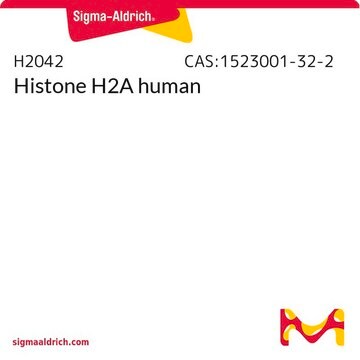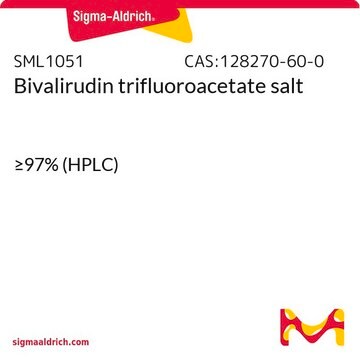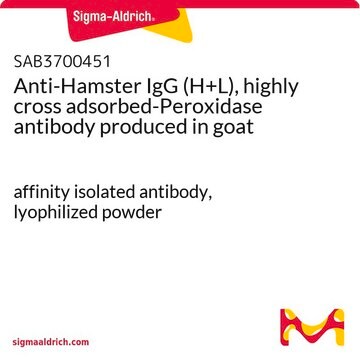H7016
Hirudin
from leeches, ≥1,500 ATU/mg protein, lyophilized powder
About This Item
Recommended Products
product name
Hirudin from leeches, lyophilized powder, ≥1,500 ATU/mg protein (ATU = antithrombin units)
biological source
animal (Hirudo verbana)
Quality Level
100
200
form
lyophilized powder
specific activity
≥1,500 ATU/mg protein (ATU = antithrombin units)
mol wt
7 kDa
solubility
pyridine: soluble
water: soluble
storage temp.
2-8°C
Looking for similar products? Visit Product Comparison Guide
Related Categories
General description
Biochem/physiol Actions
Unit Definition
Analysis Note
Storage Class Code
11 - Combustible Solids
WGK
WGK 3
Flash Point(F)
Not applicable
Flash Point(C)
Not applicable
Personal Protective Equipment
Certificates of Analysis (COA)
Search for Certificates of Analysis (COA) by entering the products Lot/Batch Number. Lot and Batch Numbers can be found on a product’s label following the words ‘Lot’ or ‘Batch’.
Already Own This Product?
Find documentation for the products that you have recently purchased in the Document Library.
Protocols
Thrombin is an endolytic serine protease that selectively cleaves the Arg–Gly bonds of fibrinogen to form fibrin and release fibrinopeptides A and B.
Our team of scientists has experience in all areas of research including Life Science, Material Science, Chemical Synthesis, Chromatography, Analytical and many others.
Contact Technical Service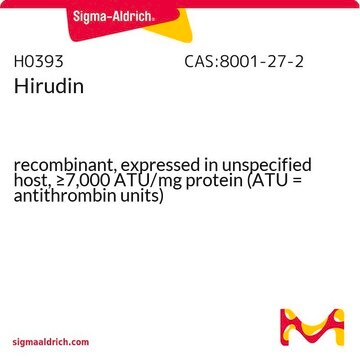
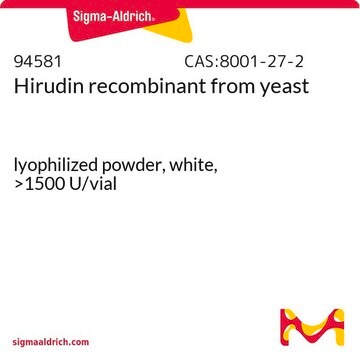
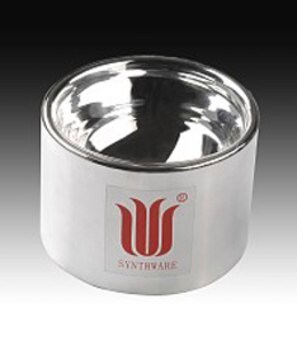
![[Tyr(SO3H)63]-Hirudin Fragment 54-65 ≥95% (HPLC)](/deepweb/assets/sigmaaldrich/product/structures/401/056/a0ac1972-7f9e-45b9-8e32-74f3f275e097/640/a0ac1972-7f9e-45b9-8e32-74f3f275e097.png)

